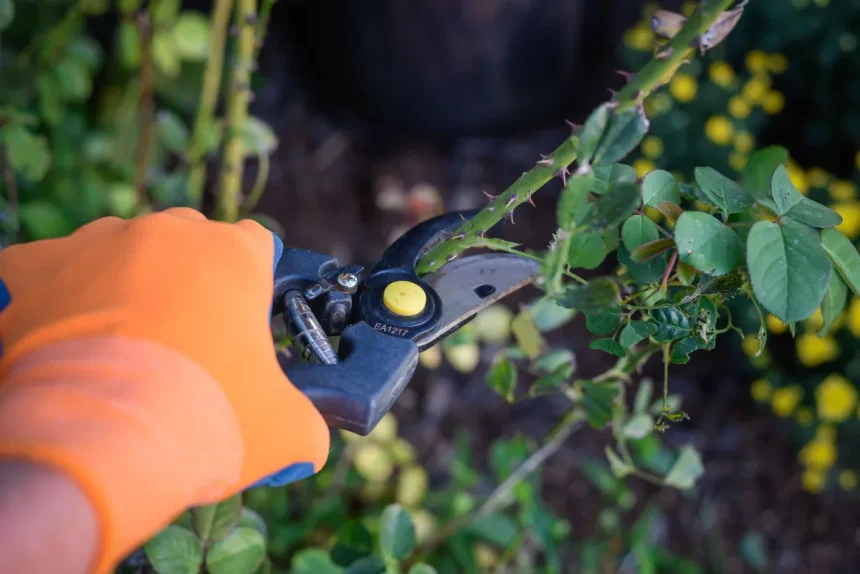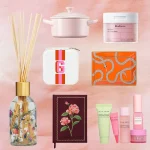Getting Started Gardening Basics for Success
Starting a garden can be simple when you focus on the basics. First, know your USDA Hardiness Zone. This tells you which plants will thrive in your area’s climate, helping you avoid wasting time and money on plants that won’t survive. You can find your zone online by entering your zip code.
Next, choose the right location. Most vegetables and flowers need at least 6 hours of direct sunlight daily. Look for spots with good drainage and easy access to water. Avoid areas with heavy shade or poor airflow.
Finally, invest in quality soil. Healthy soil is the foundation of a strong garden. Use soil that drains well but retains moisture. You can improve your soil by mixing in compost or organic matter. This boosts nutrients and supports beneficial microbes—key for growing healthy plants.
Starting with these basics sets you up for gardening success right from the beginning.
Planting and Growing Tips for Healthy Plants
Starting your gardening journey, it’s best to begin small with easy-to-grow plants like lettuce, herbs, or marigolds. These are forgiving and give you quick wins that boost your confidence.
Mastering watering is key to healthy plants. Most need deep, infrequent watering to encourage strong roots. Early morning watering helps reduce evaporation and prevents fungal issues. Avoid overwatering—it’s a common beginner mistake that can harm plants more than under-watering.
Companion planting is a simple but effective method to keep your garden healthy. Pair plants like tomatoes with basil or carrots with onions—they can improve growth and naturally reduce pests.
Mulching is another smart move. A layer of mulch keeps soil moist longer, reduces weeds, and adds nutrients as it breaks down. Organic mulch like shredded leaves or straw works great in most U.S. gardens and supports sustainable gardening practices.
By starting small and focusing on watering, companion planting, and mulching, you’ll set your garden up for success and enjoy a vibrant, thriving outdoor space.
Maintenance Keeping Your Garden Thriving
Regular care is key to a healthy garden. Here’s how to keep things growing strong:
Prune at the Right Time
Cut back plants when they’re dormant or just after blooming. This encourages new growth and keeps plants in shape. Different plants have different pruning times, so check a beginner gardening tips guide for your specific varieties.
Deadhead for More Blooms
Remove spent flowers regularly to help plants focus energy on producing new blooms. This simple trick extends the flowering season, especially in annuals and perennials.
Test Your Compost
Healthy soil means healthy plants. Test your compost occasionally to make sure it’s rich and balanced. Good compost improves soil structure and provides essential nutrients without chemicals.
Protect Against Pests Naturally
Avoid harsh chemicals by using organic pest control methods. Introduce beneficial insects like ladybugs, try companion planting to repel pests, or use natural sprays like neem oil. Sustainable gardening practices like these keep pests in check and support local pollinator-friendly plants.
Keeping up with these maintenance steps will make your garden thrive season after season.
Creative Gardening Hacks
Gardening doesn’t have to be all work and no play. Using creative gardening hacks can make your outdoor space easier to manage and more enjoyable.
- Repurpose Household Items
Turn old containers, jars, or even kitchen utensils into planters or garden tools. Egg cartons make great seed starters, and tin cans can hold herbs or small plants. It’s a simple way to save money while staying eco-friendly. - Prevent Dirt Under Nails
Keep your hands cleaner by slipping on thin rubber gloves or using a barrier cream before digging. You’ll spend less time scrubbing and more time enjoying your garden. - Label Plants with a Garden Scrapbook
Instead of plain plastic tags, create a garden scrapbook with photos, planting dates, and notes for each plant. It’s a fun way to track growth and remember your favorite gardening moments. - Automate Watering
Use simple drip irrigation kits or set up timers for your sprinklers. Automation helps save water and keeps your plants consistently healthy, especially during hot summers or busy weeks.
These easy tricks can make a big difference, helping your garden thrive with less hassle.
Seasonal Gardening Tips
Gardening changes with the seasons, so staying on top of what to do in spring, summer, fall, and winter can really boost your garden’s success.
Spring Prep and Plant
- Clean up old leaves and debris to prevent pests.
- Test and improve your soil with compost or organic amendments.
- Start planting cool-weather crops like lettuce, peas, and broccoli.
- Plan your garden layout to make the most of space and sunlight.
Summer Maintain and Protect
- Water deeply and less often to encourage strong roots.
- Mulch around plants to keep moisture in and weeds out.
- Watch for pests and use organic pest control methods if needed.
- Pinch off dead or yellowing leaves to keep plants healthy.
Fall Prune and Plan
- Prune dead branches to tidy up and prepare plants for winter.
- Harvest late-season crops and save seeds for next year.
- Plan your garden for next spring, choosing plants suited to your USDA hardiness zone.
- Add mulch or compost to beds to enrich soil over winter.
Winter Protect and Reflect
- Protect tender plants with frost covers or move containers indoors.
- Use the time to reflect on what worked and what didn’t this year.
- Prepare tools and start ordering seeds for spring planting.
- Consider starting some indoor plants to keep your green thumb active.
Keeping these seasonal tasks in check will help your garden thrive year-round and support sustainable gardening practices.
Sustainable Gardening for a Greener Future
Gardening with the environment in mind helps create a healthier planet and a thriving garden. Here’s how to practice sustainable gardening right at home:
Plant Native Species
Native plants are a smart choice because they’re adapted to your local climate and soil. They usually need less water, fertilizers, and pesticides. Plus, native plants provide food and shelter for local wildlife, making your garden a vital part of the ecosystem.
Reduce Water Use
Saving water keeps your garden healthy and lowers your water bills. Try these water-saving gardening hacks:
- Water early in the morning or late in the evening to reduce evaporation.
- Use drip irrigation or soaker hoses to deliver water directly to plant roots.
- Mulch to keep soil moist and cool.
- Collect rainwater with barrels for watering during dry spells.
Support Pollinators
Pollinators like bees, butterflies, and hummingbirds are essential for a flourishing garden. Including pollinator-friendly plants encourages these helpers to visit. Aim for a variety of flowers that bloom through the seasons. Avoid pesticides that can harm them, opting for organic pest control methods instead.
By focusing on native plants, saving water, and supporting pollinators, you set your garden up to be productive and eco-friendly throughout the year.







